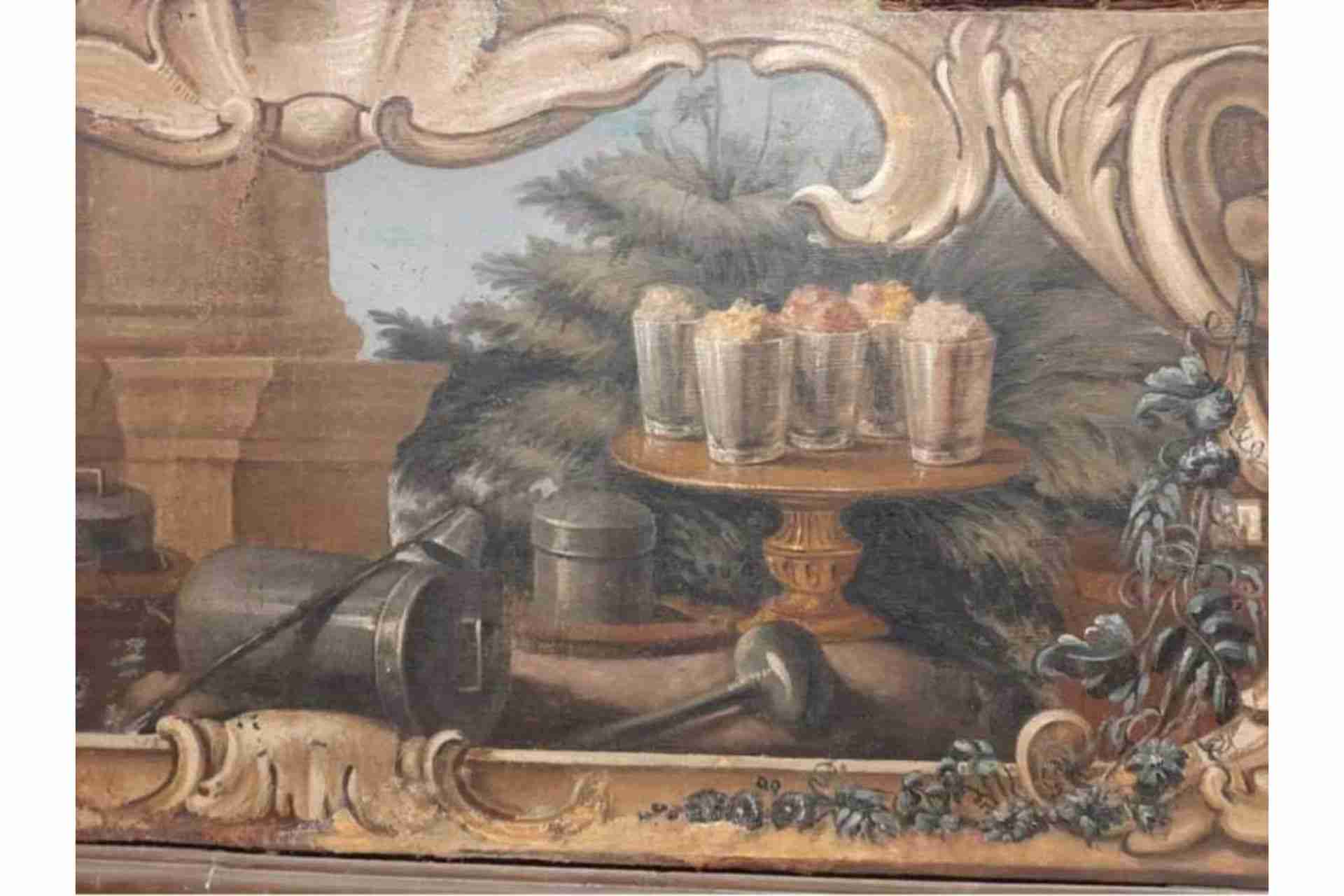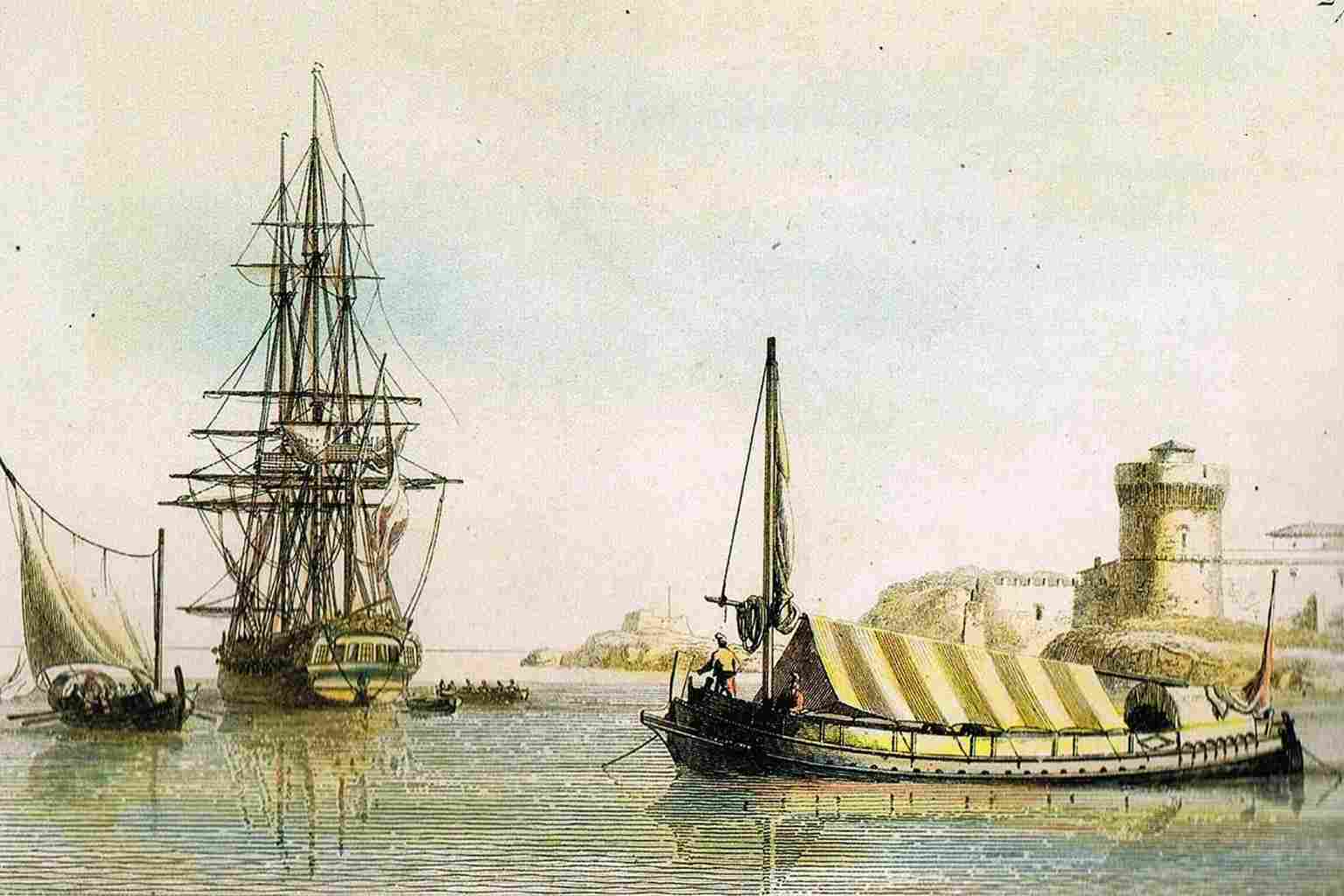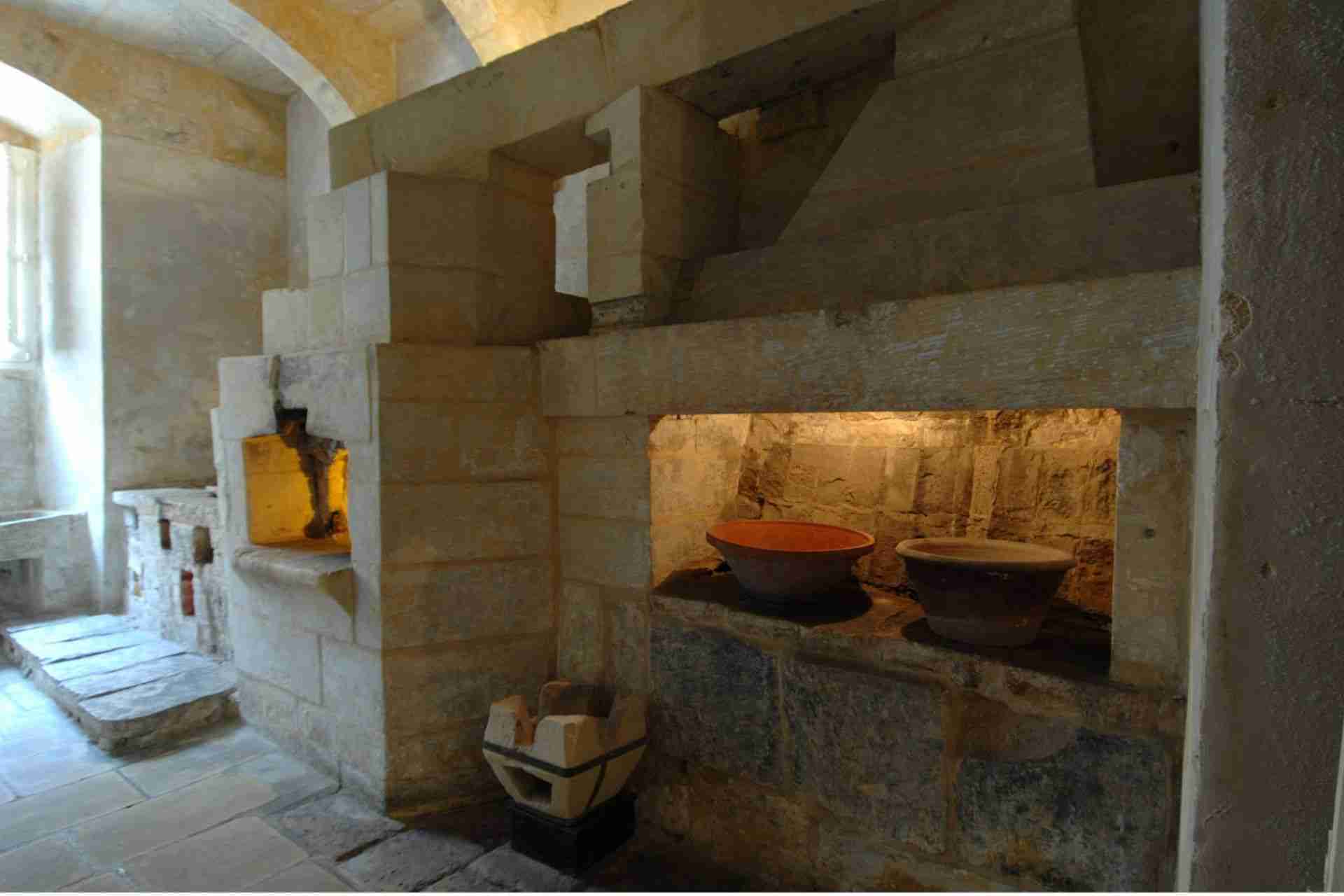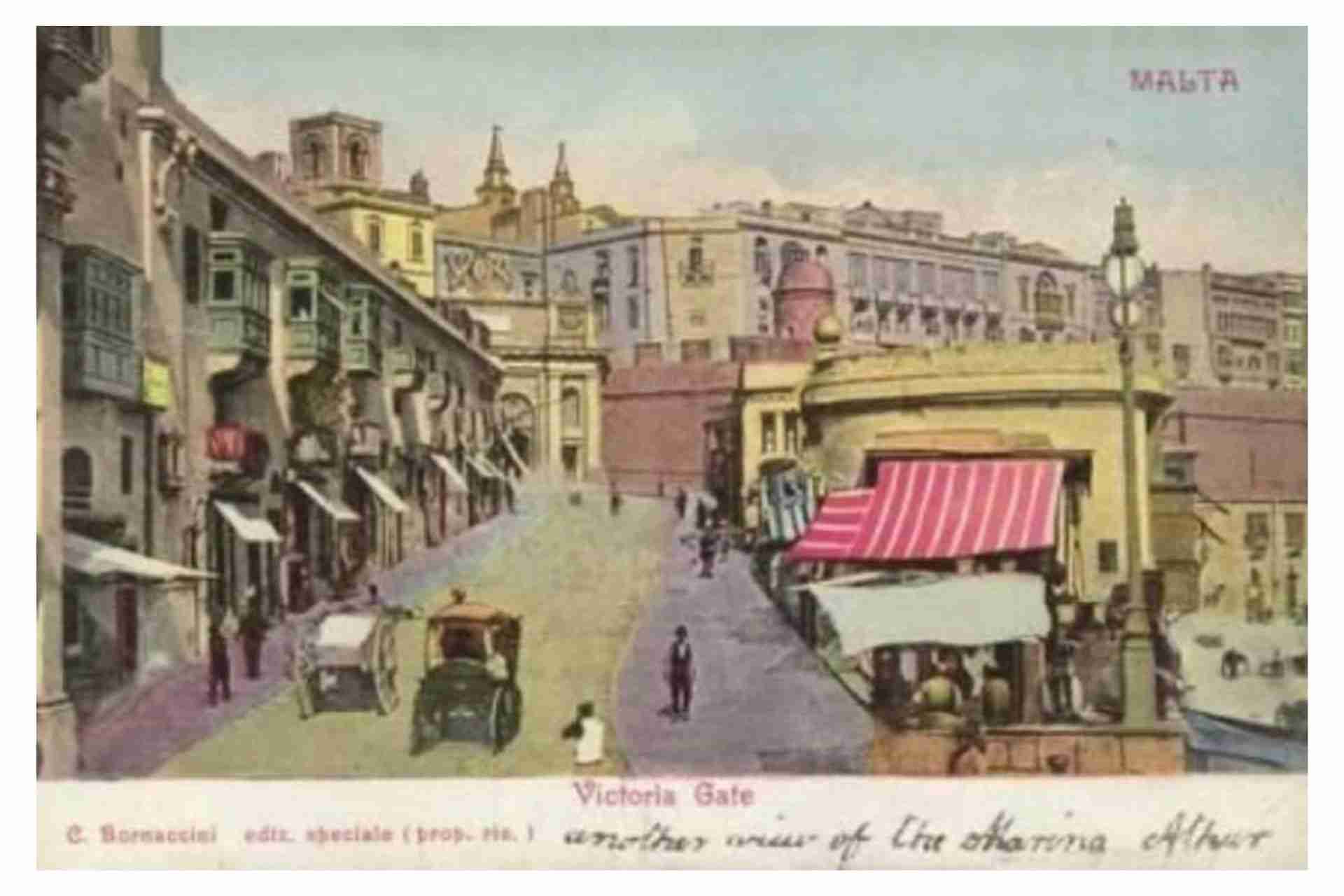Il-Gelat Malti: An Ode To One Of Malta's Most Delectable Desserts
by Chiara Micallef

Sweet, creamy and reminiscent of times gone by, the delectable Gelat Malti or Gelat tan-Nanna is one of the most iconic flavours from Malta's past – and for remarkably good reasons. This sumptuous dessert bears a particularly distinct taste, il-gelat Malti comes in an assortment of flavours, such as pistachio and seasonal fruits, with some varieties including an array of additions such as crushed nuts and candied peel.
Up until a few years ago, Maltese ice cream was served at weddings, but nowadays most wedding caterers choose ready-made flavours over this complex and noteworthy treat.
Traditional Maltese ice cream can be traced back centuries, with the earliest recipe recorded being made using goat's milk. Confectionaries around Malta sold homemade ice cream, however, this process has been shunned by most in favour of ready-made imported ice cream.
It is near impossible to find authentic Maltese ice cream in commercial stores nowadays, primarily due to the intricate method used to make gelat Malti.
Specialised Devices
This burst of exquisite flavours and textures was achieved by mixing delectable ingredients and using specialised devices.
The manner in which modern ice creams are made contrasts greatly compared to that of just a few decades ago. The ice cream mixture, made up mainly of goat's milk, was placed in specialised cylinders and stored in large wooden receptacles filled with salt and ice. When solid, the ice cream was served alongside a glass of water and a ladyfinger biscuit.
The gelat Malti has been around for aeons, at least since the 17th century. There's plenty of written proof from primary sources attesting to this coming from foreign visitors who were impressed by this stupendous dessert.

The History Of Ice Cream In Malta
Ice cream was a new and sophisticated novelty that presented relief from the sweltering Maltese summer sun. It was a favoured treat by old, young, rich and poor alike. This treat quickly became a standard thanks to the ingenious importation of enormous amounts of snow and ice from Mount Etna in Sicily. In Matty Cremona's The Way We Ate (2010), it is stated that ice was initially imported by the Knights straight from their own caverns within Etna's slopes – compressed, packed, carried by mules and hauled onto the Tartana della Neve (snow boat). The ice was used for both medicinal and culinary purposes.

The ice made its journey to the Grand Harbour and was stored in Malta's very own snow depot – a building known as Porta Del Monte, the main entrance to Valletta from the Grand Harbour in the area where today one finds Victoria Gate. The ice was then sold at an ice store on St. Ursula Street. While ice was used to cure the wounded, over time a large fraction of it was utilised to make this sweet widespread delicacy.
A Popular Treat
A Frenchman who visited Malta in 1679 wrote in his memoir, Nouvelle Relation du Voyage et Description Exacte de l'Isle de Malte per un Gentilhomme Francais "Although the island lies on the 34th degree, there is no lack of ice dishes and snow, thanks to the efforts of a contractor who charges two sols six deniers a pound on the understanding that he supplies it all the year round. He brings it from the mountains of Sicily and pays a fine of nine écus for every day that he fails to deliver it."
Ice cream was the dessert of choice at the Inquisitor's Palace when guests were entertained, with the most commonly-found flavours being chocolate, coffee, pistachio and fruit, other documented flavours included non-conventional ones such as parmesan ice cream. During the 18th century, it was reported by the Order's naval fleet itself that Grandmaster Pinto regularly indulged in ice cream to combat the tormenting summer heat.
Cinnamon was another popular ice cream flavour – a rare and prestigious dessert served on wedding days. Even though Malta was smack dab in the middle of trading routes throughout the ages, the spice was still expensive and difficult to obtain.

The First Recorded Ice Cream Recipe
At the National Library in Valletta, one can find numerous recipe books from the 17th century that include ice cream recipes. Such examples include a 1748 manuscript, known as the first proof on European ice cream, named 'Libro di Secreti per Fare Cose Dolci di Varii Modi' written by Michele Mercieca.
In his book, Mercieca states that milk must be heated before egg yolks and sugar are added to it, along with any other ingredients needed for the recipe. The mixture was then poured into specialised copper vats which were placed in a mixture of ice and salt – these containers were used in place of freezing gear available today.
Mercieca also writes that ice creams were served in fanciful shapes and colours, with saffron and cochineal being used as colouring. The most popular ice cream flavour in Malta according to Mercieca, was chocolate.

A Welcome Gift
When on the 26th of May 1798 Napoleon Bonaparte landed in Malta and declared the islands his, the Maltese greeted him with open arms and a refreshingly sweet dessert. Specially prepared ice cream was offered to Bonaparte, however, much to the inhabitants' dismay, he refused the delicacy in favour of touring the island's fortifications and natural ports.
Il-Gelat Malti Through The Ages
Eventually, Maltese ice cream became a staple in our ancestors' summers, with local sellers known as tal-gelat regularly roaming the streets with their carts equipped with colourful containers known locally as bziezen filled with an assortment of ice creams. By that time, flavours evolved to more mainstream ones such as vanilla, strawberry and the all-time popular chocolate. Tal-gelat were also known to cart around granitas and other sweet treats.
Over the years and thanks to the industrial revolution, tal-gelat went from pushing a cart to driving an ice cream van, selling an assortment of both homemade and imported flavours.
Nowadays, while the traditional ice cream-making process is not used anymore, we're seeing a newfound love for artisanal ice cream. Numerous artisanal stores are popping up all over the Maltese islands, shunning ready-made imported products and introducing delectable homemade treats for us to enjoy. From familiar innovative flavours like prickly pear, mulberry and helwa tat-tork, to more outlandish ones like kannol and lamington, one thing is for sure – ice cream has carved a remarkable place in our nation's heart.
Looking for more articles? Check out Yellow's Food & Drink section to learn more.



